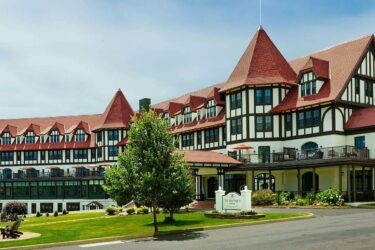
InnVest Hotels acquires The Algonquin Resort St. Andrews by‑the‑Sea, Autograph Collection and The Algonquin Golf Course
InnVest Hotels has acquired The Algonquin Resort St. Andrews by-the-Sea, Autograph Collection and The Algonquin Golf Course.
New equipment and technology, and improved procedures, are helping hoteliers combat pesky critters.
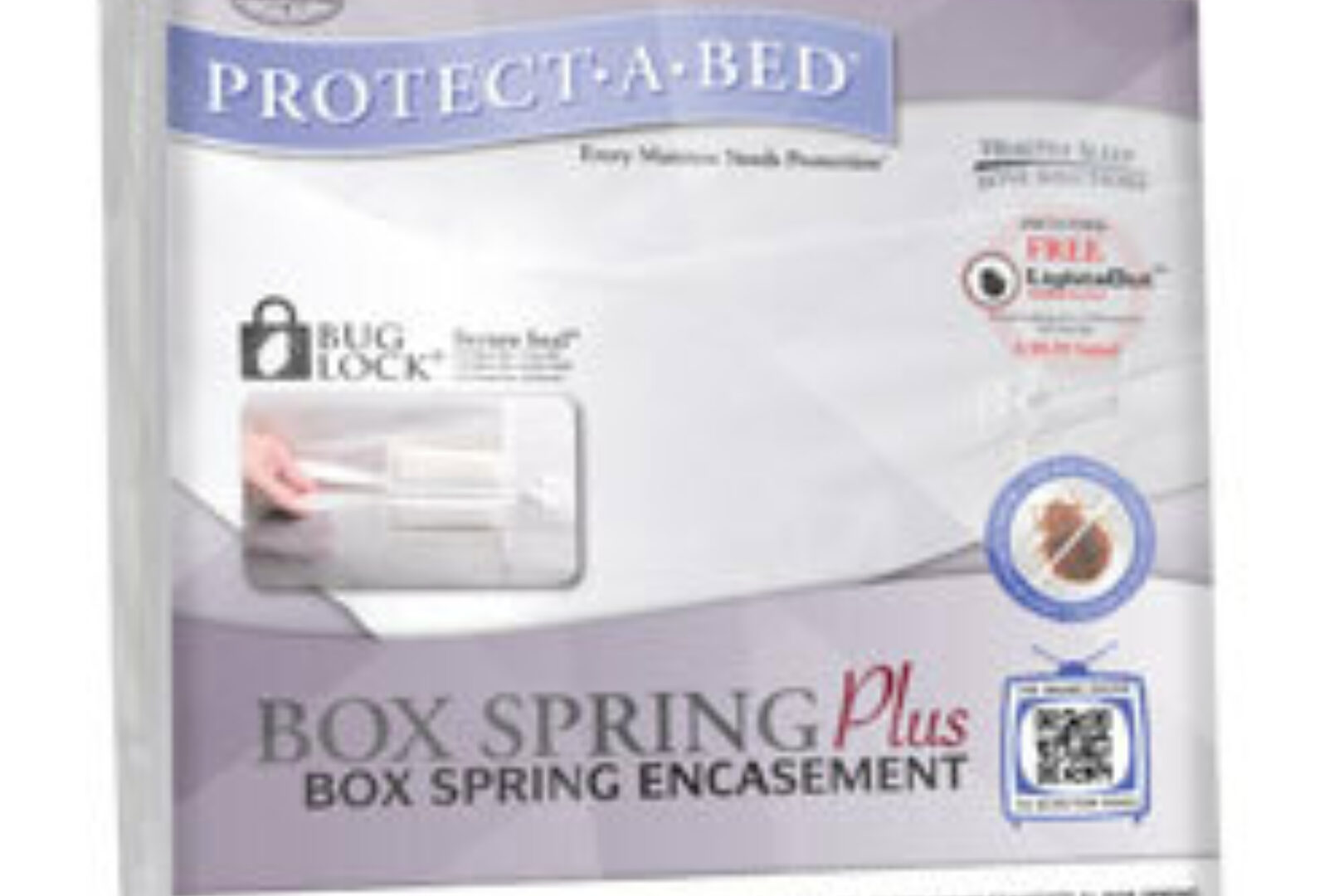
By Don Douloff
Pests remain a pesky problem. For operators, the stakes are high, since even a single instance of nasty critters can fuel a social media tirade by the disgruntled guest(s), potentially going viral and damaging a brand’s reputation.
“Having run hotels across Canada over the last couple of years, I would say the consistent challenge for hoteliers continues to be bed bugs,” said Aodhan Sheahan, vice-president operations, MasterBUILT Hotels. “Regionally, neighbourhood by neighbourhood and literally hotel by hotel, a variety of other pests would be a challenge, but bed bugs definitely rank first, not in frequency, but certainly in terms of guest impact and the seriousness of any infestation.”
Sheahan notes that “for mice or other rodents, regular inspections; humane, or more humane, traps; as well as sonic devices and poison, where necessary, are employed.”
He added that “a key consideration today is that any control method not be harmful to guest health or the environment.”
Sheahan characterizes bed bugs as “invasive, persistent and hardy little bugs. You have to literally declare war on them if they show up.”
To that end, MasterBUILT follows what the brand calls its ‘9 Room Policy’.
So, for example, if a room in the middle of the second floor has a bed bug, “we immediately quarantine the room, the rooms on either side, the three rooms above and the three rooms below. All nine rooms are treated with effective but people-safe products right away. The affected room is held out of inventory for a week and then inspected again after its bed linen, box spring and mattress have been disposed of in a safe manner. The other eight rooms are returned to inventory after a professional inspection. Should a bed bug be found in one of those rooms, we begin the nine-room count and treatment all over again. You have to be aggressive to ensure these pests do not get ahead of you.”
Sheahan noted that pest control measures such as the 9 Room Policy entail “significant” cost, but said, “we do it because it’s the right thing to do for our guests and because this cost is much lower than the cost of a major outbreak and the reputational impact that can result.”
CHOICE HOTELS CANADA
Choice Hotels Canada provides pest control information and other resources to franchisees, said Brendan Gibney, senior director, franchise services.
Typically, the brand’s efforts focus on bed bugs, he said. Preventative measures include bed wraps, and if bugs infest a mattress, then the hotel discards it. Housekeeping undertakes proactive inspection of headboards, mattresses, etc., and vacuums areas such as rugs, bed and upholstered chairs with a machine outfitted with a HEPA filter. If necessary, heat treatment is undertaken.
At each property, the general manager and head of housekeeping receive certification in the online Room Condition Journey training, which outlines best practices, said Gibney.
Each time a guestroom is cleaned, a full inspection is expected.
Helping in the fight are suppliers, who are stepping up their game, offering an array of products and services hoteliers can employ in their battle against pests.
MAGICAL PEST CONTROL
Magical Pest Control, a Terminix Canada company, services more than 200 hotels in Canada and the U.S. Rick Chard, Ontario regional sales manager, said bedbugs and cockroaches are the top two pests affecting Canadian hotels.
Pest control companies are “trying to avoid the use of insecticides with the introduction of new baits,” and are implementing integrated pest management (IPM) techniques such as vacuuming and steaming, said Chard. IPM is a broad-based approach that integrates practices for economic control of pests.
Magical Pest provides K9 (dog) inspection, which “offers close to 100-per-cent effective rate, as opposed to the 35 per cent accuracy rate of even the best trained human inspector,” according to company information. Through their keen sense of smell, dogs can detect bed bugs (and even termites) behind walls.
The company offers non-poisonous Cryonite treatment, which uses extreme cold to kill pests via frozen carbon dioxide snow sprayed from a specially designed nozzle. Through an optimal combination of snow particle size and speed, the cooling is swift enough to ensure that bugs, including eggs and larvae, will not survive.
At the other end of the temperature scale, Magical Pest offers non-chemical, non-toxic heat treatment, which penetrates wall cavities, mattresses, etc. to reach and kill bed bugs, including the all-important eggs. Bed bug monitoring devices are also effective.
“With K9 Services as well as bed bug monitoring devices, it allows for the pest control companies to narrow down the rooms which may be affected,” said Chard. “Also with the heat and Cryonite services, it allows for a single treatment for bed bugs,” reducing the time the room has to be shut down.
“The cooperation of the pest control company and the hotelier is a must, and the implementation of proactive programs such as K9 and monitoring devices will allow for control,” concludes Chard.
PROTECT-A-BED
Over at Protect-A-Bed, which specializes in mattress and box spring encasements and interceptors, Marc de Grave, vice-president of the company’s Canadian office, confirmed that bed bugs “are always at the top of the list (of hotel pests)” due to issues of liability and level of difficulty needed to control them. “Roaches and ants would be in the top three.”
With the major explosion of the bed bug problem, “most licensed professional pest managers are well versed in control, but it is requiring more of an IPM approach, including use of more tools such as vacuuming, steaming, mattress protectors, monitoring and also the use of properly labeled and registered pest control chemicals.”
Protect-A-Bed’s products, which include Box Spring Plus, Bug Lock (Economy and Plus) and AllerZip, “help the hotelier be proactive by protecting their investment (mattress and box springs) from being infested. It also reduces the cost of problem solving should the room have bed bugs, and proves that (hoteliers) are diligent in protecting their guests. It also cuts down on mattress inspection time and helps detect any concerns by staff much faster.”
As de Grave observes, “as long as the managers and/or property managers work together to formulate a plan of action, such as a sanitation plan of the facilities, coupled with proactive monitoring, most bed bug problems can be controlled. With the added use of monitoring and IPM, there is an added cost, as there is no ‘silver bullet’ for bed bugs and other insects.”
CASE STUDY: AIRLINE HOTELS
In October 2015, Airline Hotels purchased Thermal Heat Remediation Equipment, and conducted its first treatment in November 2015. Airline’s COO Jaret Waddell explains why the brand bought the equipment and how it has benefited its operations.
“Airline had a couple of key associates that identified this opportunity in one of our internal management entrepreneurial challenges. These associates were thorough, built a compelling business case and the rest is history. Airline purchased the equipment due to rising instances of bed bug infestations across the industry and our dissatisfaction with not being able to preventatively handle the matter on our own terms. Chemical treatment sometimes works – sometimes it doesn’t. Sometimes you call a pest control company to come in and treat for you and they can get there soon and sometimes they can’t. We observed that risk existed in this area and was growing. The life safety component of risk management in Airline Hotels is important and we take it seriously. We perceived that this matter was escalating in prevalence and severity and needed our attention to do something different.
“We started with Saskatoon, as we have three hotel properties in that city. There was the greatest economy of scale in that city and so we wanted to prove our business case assumptions before considering acquisition of additional equipment for other properties/cities. We have identified that necessary cost recovery efficiencies exist when we have more than one hotel in a city. Over the course of the next 18 months, we will pursue acquisition of additional treatment equipment for those cities in which we have multiple hotel properties.
“The equipment is designed to eradicate bed bugs and bed bug eggs from the treated area. We do both preventative (proactive) treatment of our rooms and responsive (reactive) treatment when there is suspicion of their presence. Proactive treatment is important to us because it shows the care and responsibility we should be taking as hoteliers to prevent, as opposed to “deal with,” these situations when they arise.
“Thermal heaters are placed in the guestrooms that super-heat the room to 135 degrees Fahrenheit. These units heat the entire room and its contents to this temperature and hold the temperature for four to eight hours. The time depends on the size of the space being treated and the R-value of the room insulation. At that temperature, neither bed bugs nor their eggs can survive. Another benefit of Thermal Remediation equipment is that the heat treatment can permeate the walls. Often times, chemical treatment is topical only, meaning that it will only eradicate what it touches. If the bed bugs have retreated to a place in the room where chemicals cannot touch them (very small holes in walls, behind baseboards), you run the risk of the chemical treatment not effectively eradicating the pests. Once the room is held at the treatment temperature for the required period in time, the room is inspected and returned to service within hours.
“Airline hotel properties were spending as much as $15k per year to preventatively and responsively treat guestrooms. In addition to this, heat remediation equipment is in high demand and it can take longer to reserve a treatment than we were prepared to wait. Where responsive treatments are concerned, any amount of time that lapses between diagnosis of a potential problem and treatment can cause the location of the pests to potentially expand to other areas/rooms. Having our own equipment has allowed us to retain all of the costs we were spending in this space outside the company and allowed us to treat our properties on our own schedule – without delay. We are currently preventatively treating our own rooms four days per week, continuously throughout the entire year.
“The payback on the equipment was projected to be approximately four years and our assumptions on treatments and costs are on track, so no reason to assume that it won’t be three to four years for full ROI.
“The most significant pest threat facing Airline in the hospitality business is bed bugs. With the acquisition of our own Thermal Remediation treatment equipment, we have been able to take control of the most challenging component of pest management. There are other factors that need to be considered, however, including treatment of spaces larger than our equipment can treat (our equipment can treat up to a maximum of 1,800 square feet). Also, there is both a science and an art (as bizarre as that sounds) in bed bug detection. We are now looking to further develop our capabilities in becoming certified to handle and administer chemicals used in the eradication of bed bugs. Further, we have worked with many partner companies to help us understand the most effective means of inspection and diagnosis.
“By the time our certification is complete, we will have the ability to handle all steps in the process of bed bug management. We will have capacity to inspect, diagnose, treat guestrooms and larger spaces. Currently, we still rely on others to help us in the areas we do not have capacity – chemical treatment and inspection/diagnosis
“Airline will continue to acquire this equipment in cities where we have more than one hotel. In cities where we do not have multi-hotel presence, we have strict standards in how we deal with this threat when using outside companies. Many times, this topic is somewhere between voodoo and “icky” to hoteliers, and they do not want to know more about it, just want it gone and dealt with. If this is the case, hoteliers are putting the well-being of their guests and the maintenance of their buildings FULLY in someone else’s hands. That’s simply not a risk we’re willing to take.
“The direct costs associated with certification, acquisition of chemical and proper administration and storage do not amount to being material in nature. Dedicating the time of our associates to focus 100 per cent on this is a real material cost. We are prepared to make that investment, as we believe strongly that this issue for hoteliers will get worse before it gets better. As we have learned in our industry, you can be in the news for the right reasons or the wrong reasons in this matter; hopefully, we have chosen a path that leads to better well-being for our guests and noise in the community for the right reasons.”



InnVest Hotels has acquired The Algonquin Resort St. Andrews by-the-Sea, Autograph Collection and The Algonquin Golf Course.
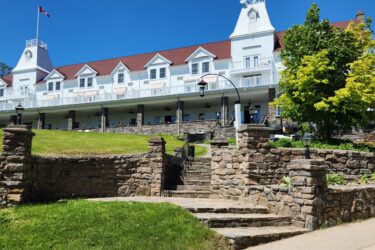
The new owners of the famed Windermere House hotel and resort on Muskoka’s Lake Rosseau intend to revitalize the building and its amenities while preserving the property’s historical integrity.
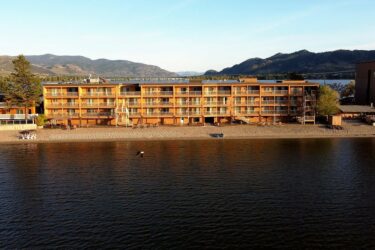
Proactive Hospitality has acquired the Coast Osoyoos Beach Hotel, B.C. CFO Capital arranged acquisition financing for the deal.
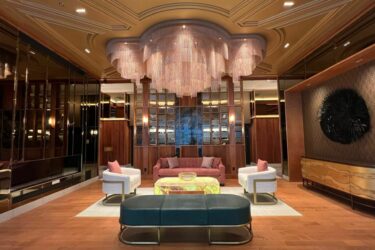
Tribute Portfolio – part of Marriott Bonvoy's extraordinary portfolio of 31 hotel brands – continues to grow its global family of characterful hotels with Honeyrose Hotel Montreal, a Tribute Portfolio Hotel, the brand's…